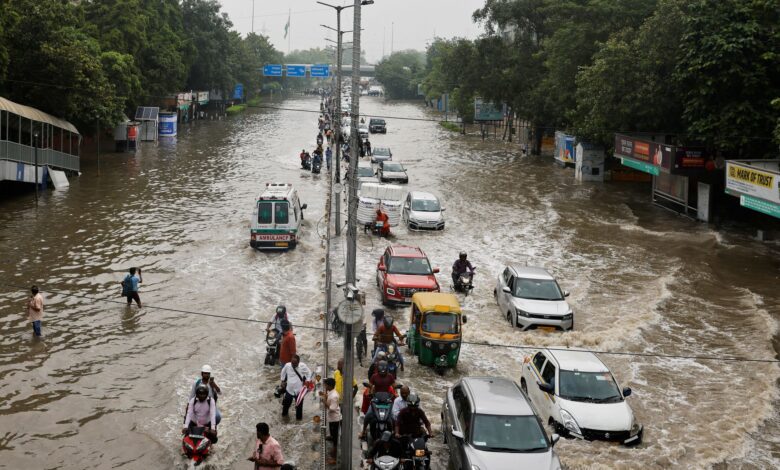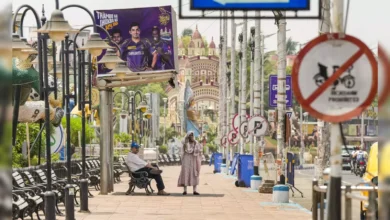66% of total population exposed to extreme floods, only 33% got covered by the ‘early warning system’: Study
India's disaster preparedness faces a crucial test as flash floods and extreme weather take their toll. Urgent improvements in ‘early warning systems’ are needed.

India is facing unpredictable weather and terrible flash floods that are causing widespread damage. A new study by the Council on Energy, Environment, and Water (CEEW) reveals a fact: while two66% of Indians face extreme floods, only 33% of them have early warning systems (EWS) to protect them.
On the other hand, cyclone warnings are doing better, covering everyone in vulnerable areas. But when it comes to floods, there’s a big problem that needs fixing. Heavy rains recently hit Himachal Pradesh, leading to over 90 deaths and displacing 60,000 people. This shows how crucial it is to have a reliable flood warning system. We need to be prepared!
Some states like Andhra Pradesh, Odisha, Goa, Karnataka, Kerala, and West Bengal have done well by setting up cyclone EWS. Others like Tamil Nadu, Himachal Pradesh, Karnataka, and Telangana need to catch up with flood warnings. Surprisingly, only 25% of exposed districts have flood forecasting stations out of 72% facing extreme floods. This leaves many people at risk without proper warnings. Funds play a big role in making warning systems work. Sadly, many states don’t use these funds properly to set up effective EWS.
Around 97.51 million Indians are exposed to extreme floods, with most places experiencing multiple disasters. The solution lies in providing accessible warning information through phones and mobiles, but we need to make sure it reaches everyone.
Under India’s G20 presidency this year, a working group on disaster risk reduction (DRR) has been formed for the first time since 1999. Further, EWS remains one of the key priorities throughout India’s G20 presidency.
As we face more weather disasters, we must strengthen our warning systems. By covering more people and using funds wisely, we can save lives and protect our communities from the devastating effects of natural disasters.



